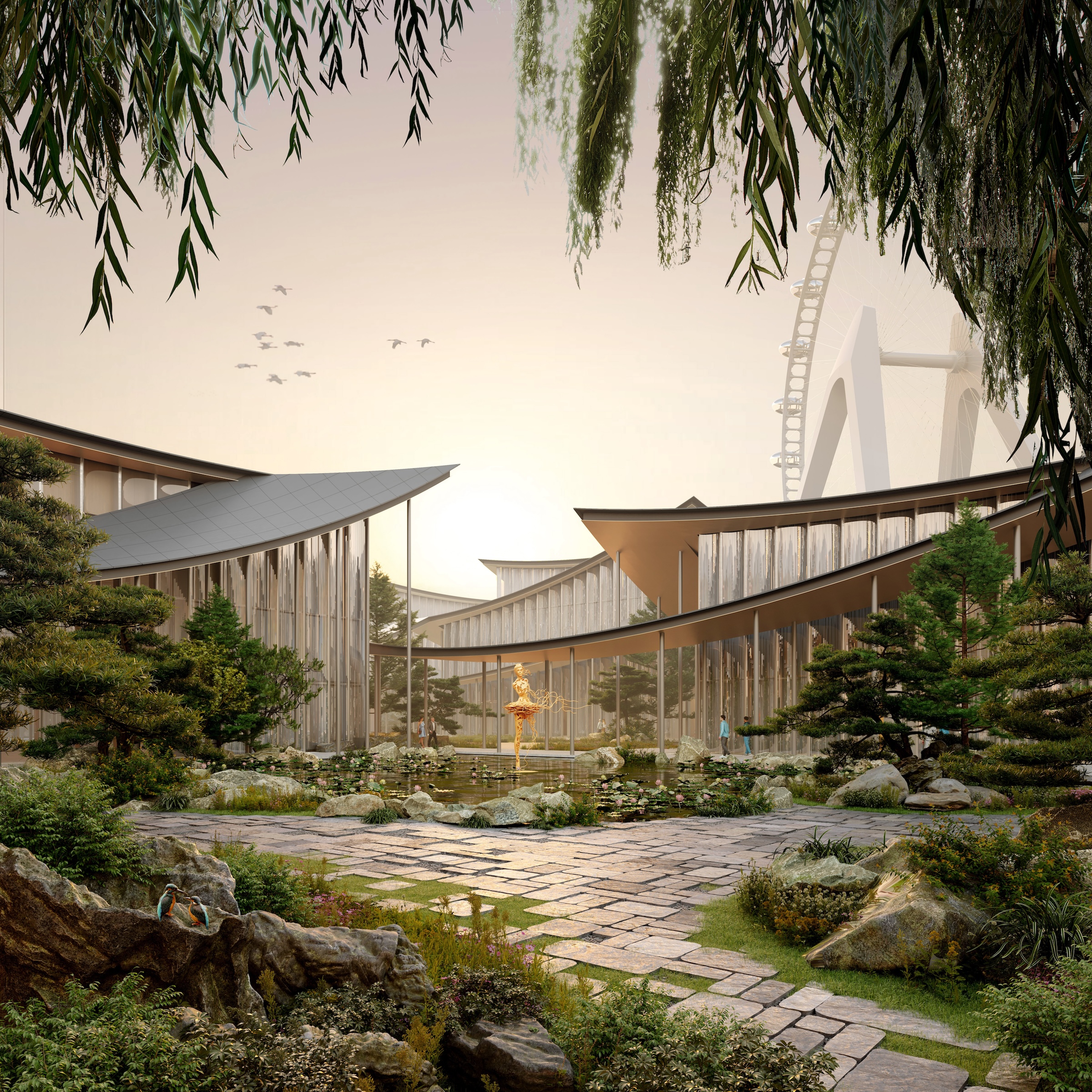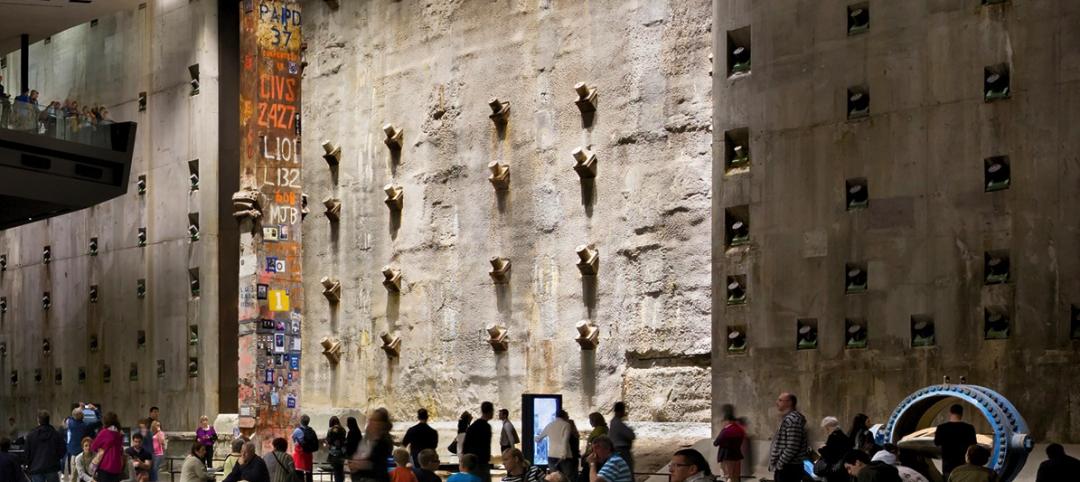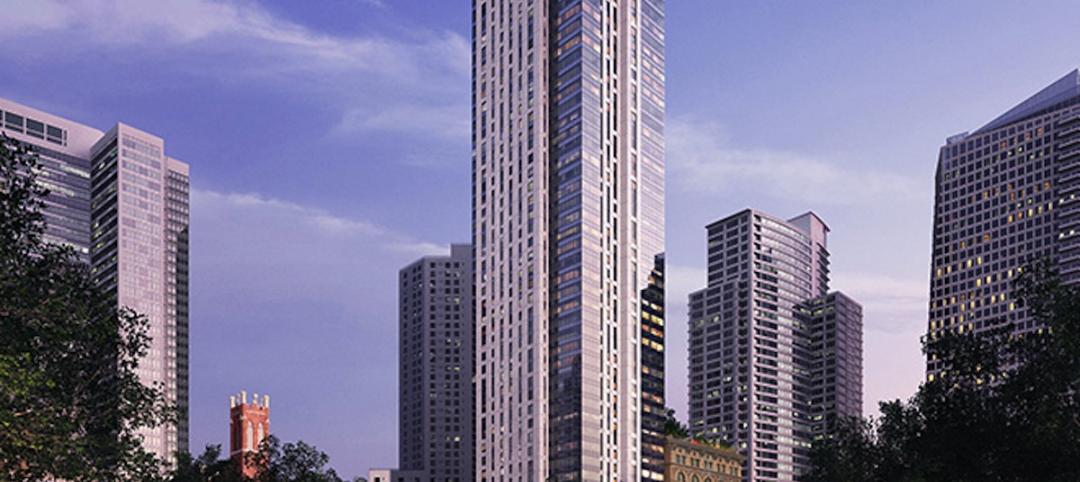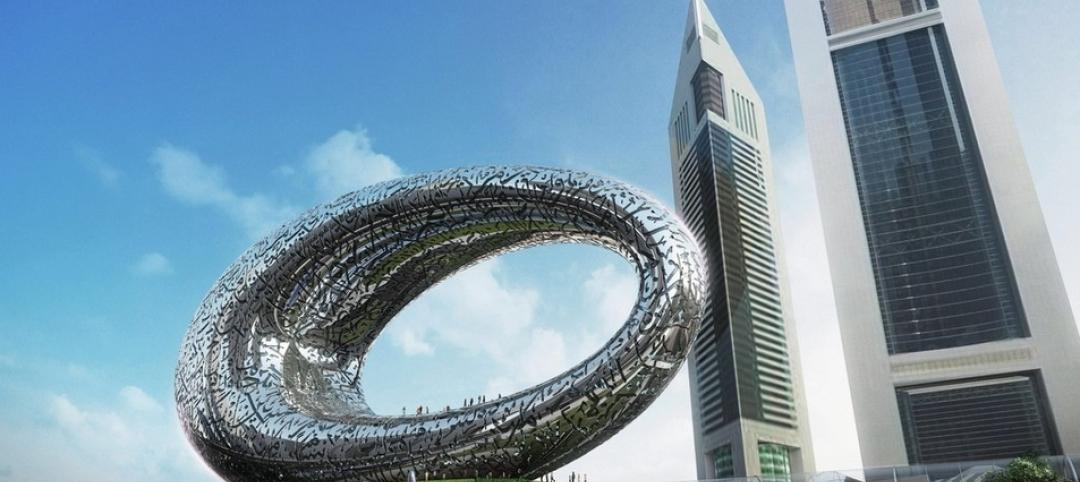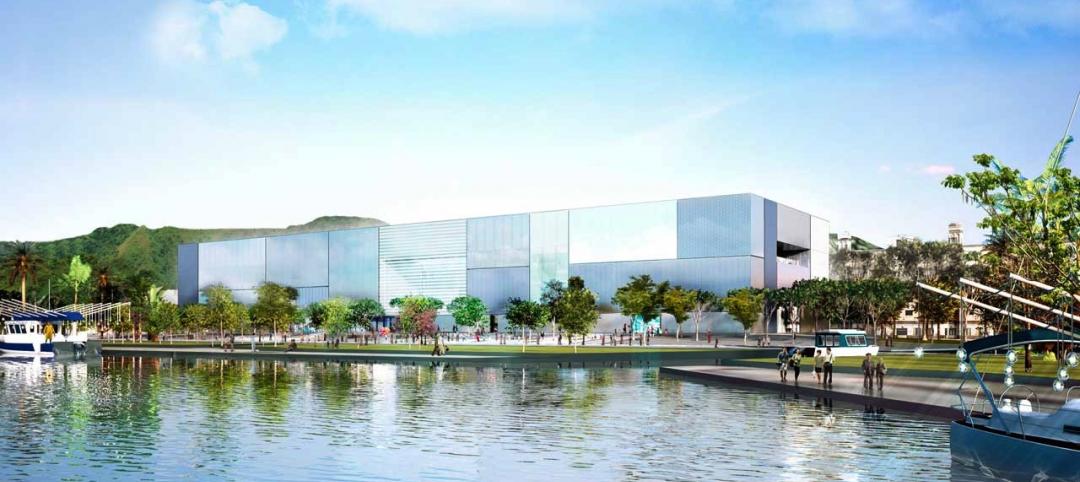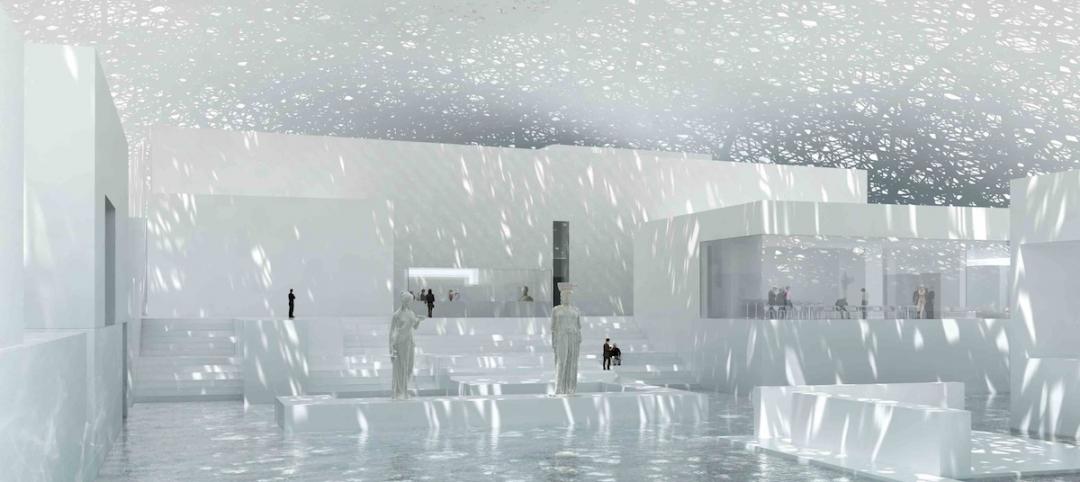The 60,000-sm Suzhou Museum of Contemporary Art in Suzhou, Jiangsu, China recently topped out. Designed by Bjarke Ingels Group (BIG), the museum is conceived as a village of 12 pavilions, offering a modern interpretation of the elements that have defined the city’s urbanism, architecture, and landscape for centuries.
The museum is part of the city’s development of Jinji Lake and reimagines the traditional garden ‘lang,’ a line that traces a path, framing gardens with outdoor art installations and coalescing as pavilions. The museum design showcases Suzhou’s garden tradition and takes visitors on a journey through art, nature, and water.
The museum’s main design element is the ribbon of the roof, which extends into a pattern of eaves that double as sheltered walkways through the site. Knots in the thread of walkways frame pavilions, and as a result, the museum’s architecture entwines through the landscape. The draping walkways further extend out into Jinji Lake, which can be appreciated from above on the Suzhou Ferris wheel.
Bjarke Ingels' design for the art museum connects the city to the lake
The overriding design concept is a Chinese garden of pavilions and courtyards. Individual pavilions are woven together by glazed galleries and porticoes, creating a network of interconnected sculpture courtyards and exhibition spaces. “Weaving between the Ferris wheel legs, the museum branches out like a rhizome, connecting the city to the lake,” says Bjarke Ingels, Founder and Creative Director, BIG – Bjarke Ingels Group.
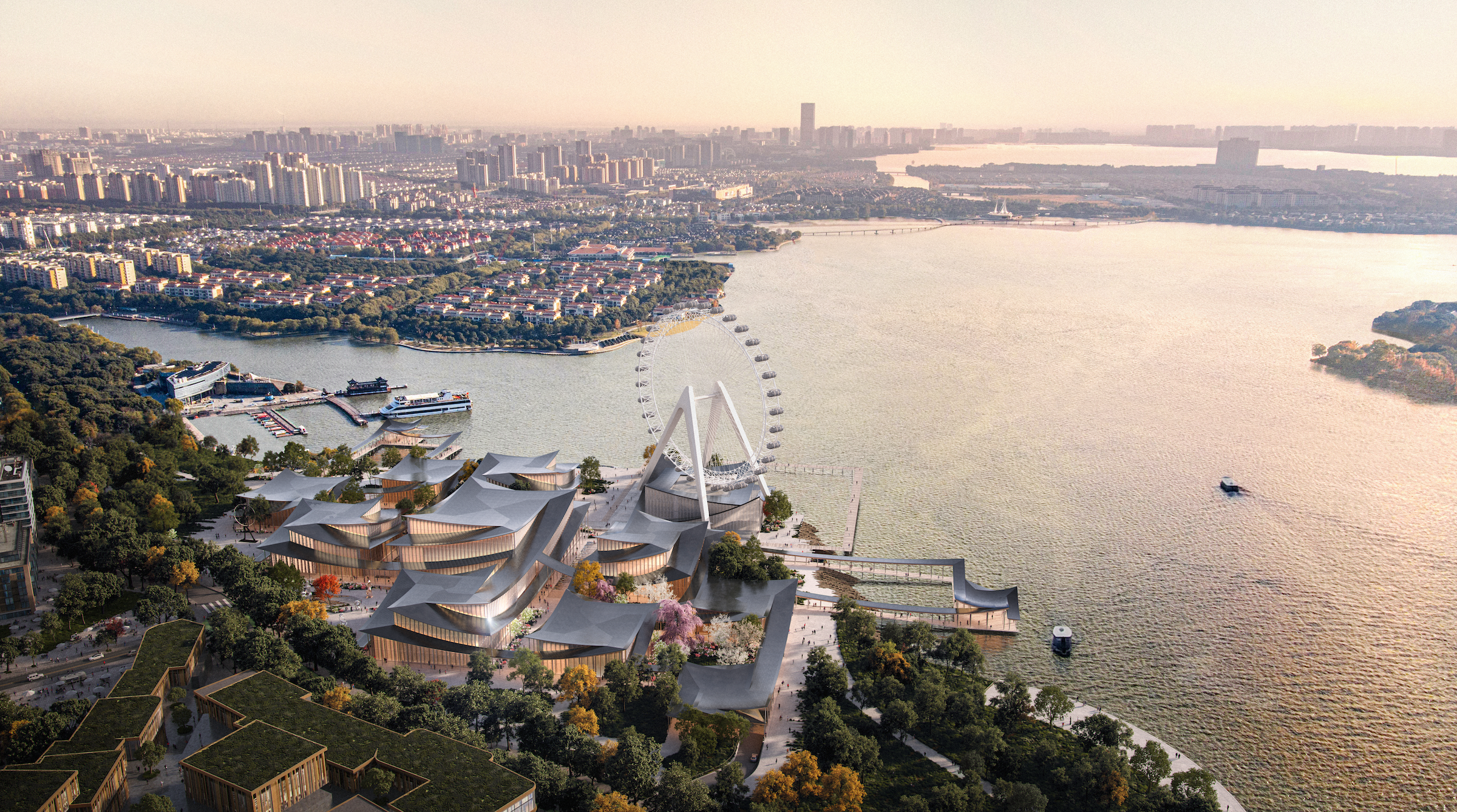
“The result is a manmade maze of plants and artworks to get lost within. Its nodular logic only becomes distinctly discernible when viewed from the Ferris wheel’s gondolas above,” Ingels adds. “Against the open space of the lake, the gentle catenary curvature of the roofs forms a graceful silhouette on the waterfront. Viewed from above, the stainless-steel roof tiles form a true fifth facade.”
Defined by sloping roof eaves, each pavilion’s façade is made of rippled and curved glass, as well as warm-toned stainless steel that reflects the garden colors. The pavilions are connected above and underground via bridges and tunnels, offering the museum flexibility to plan exhibition flow according to seasons and exhibited art pieces. The paths leading through the site will be covered with natural stone.
Arriving at the museum, the visitor will be faced by an expansive, welcoming plaza in front of the visitor center—the entry point to the museum. From there, visitors will be able to proceed inside or along the exterior, through the gardens and to the water bank. Visitors can follow a continuous path through the museum’s interior or wander depending on the aim or weather conditions of the visit. The facility will also house a theater in one of its pavilions.
The museum is scheduled for completion in 2025.
Client: Suzhou Harmony Development Group Co. Ltd
Design Architect: BIG – Bjarke Ingels Group
Architect of Record: ARTS Group
MEP Engineer: ARTS Group
Structural Engineer: ARTS Group
General Contractor/Construction Manager: Suzhou Erjian
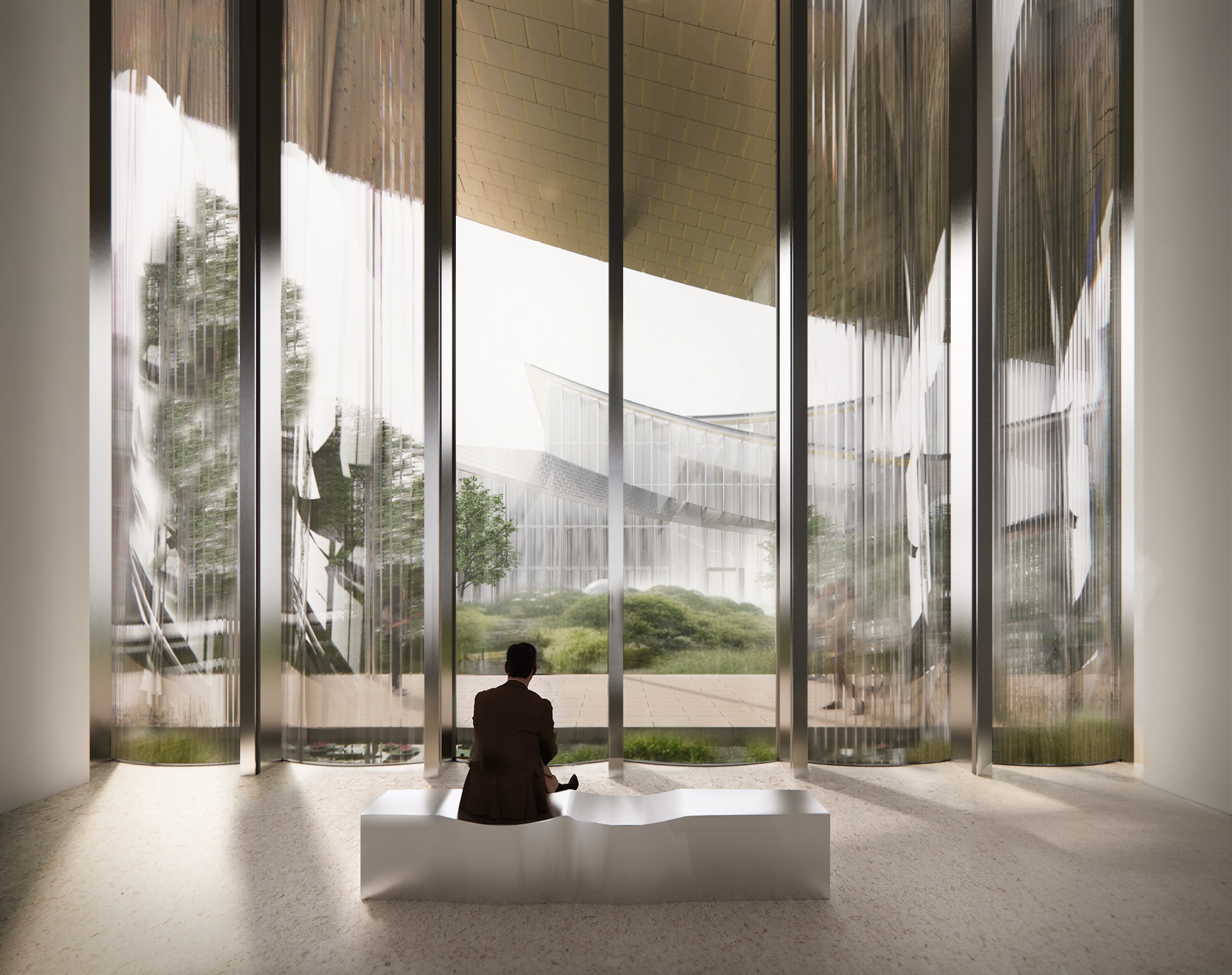
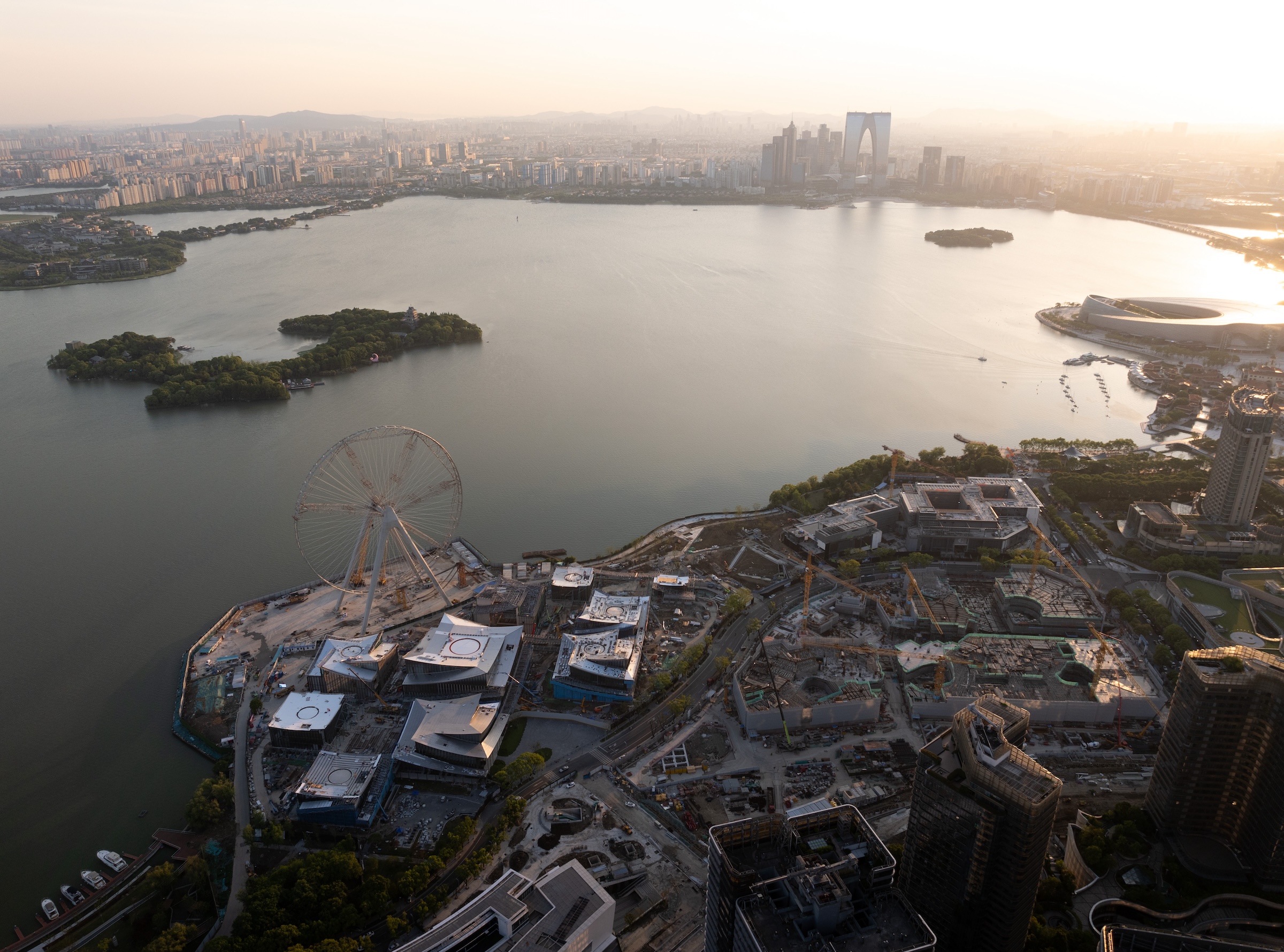
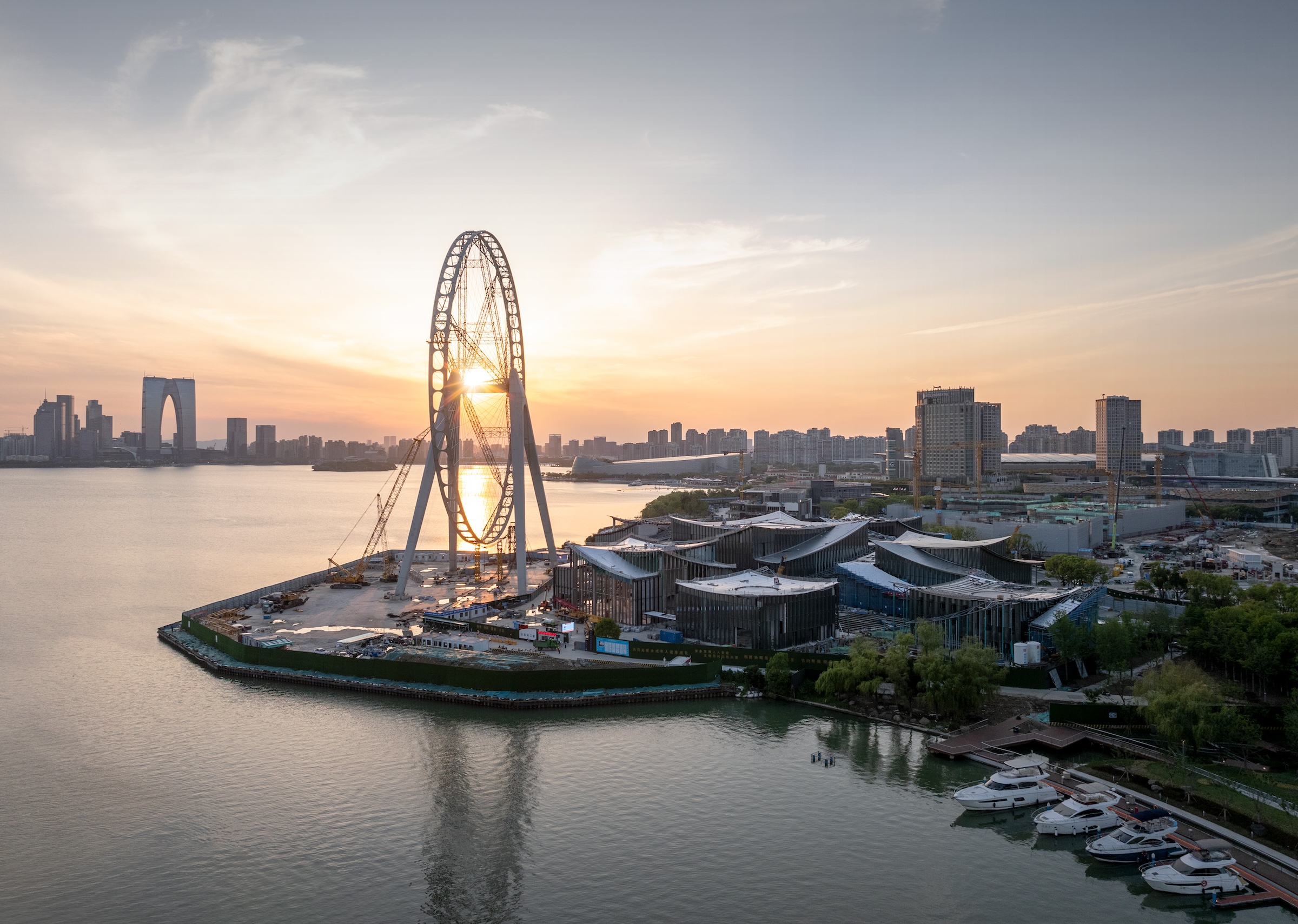

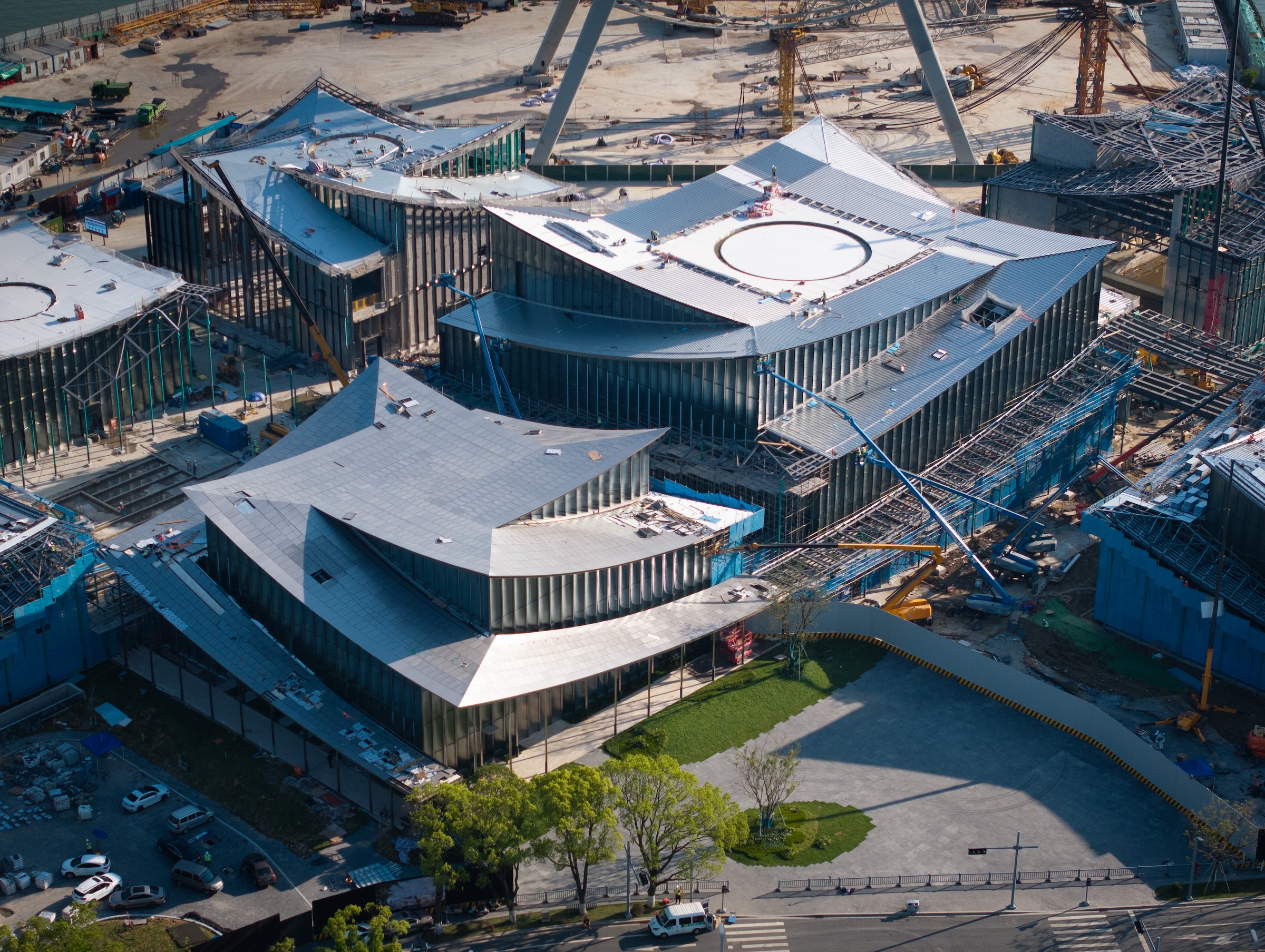
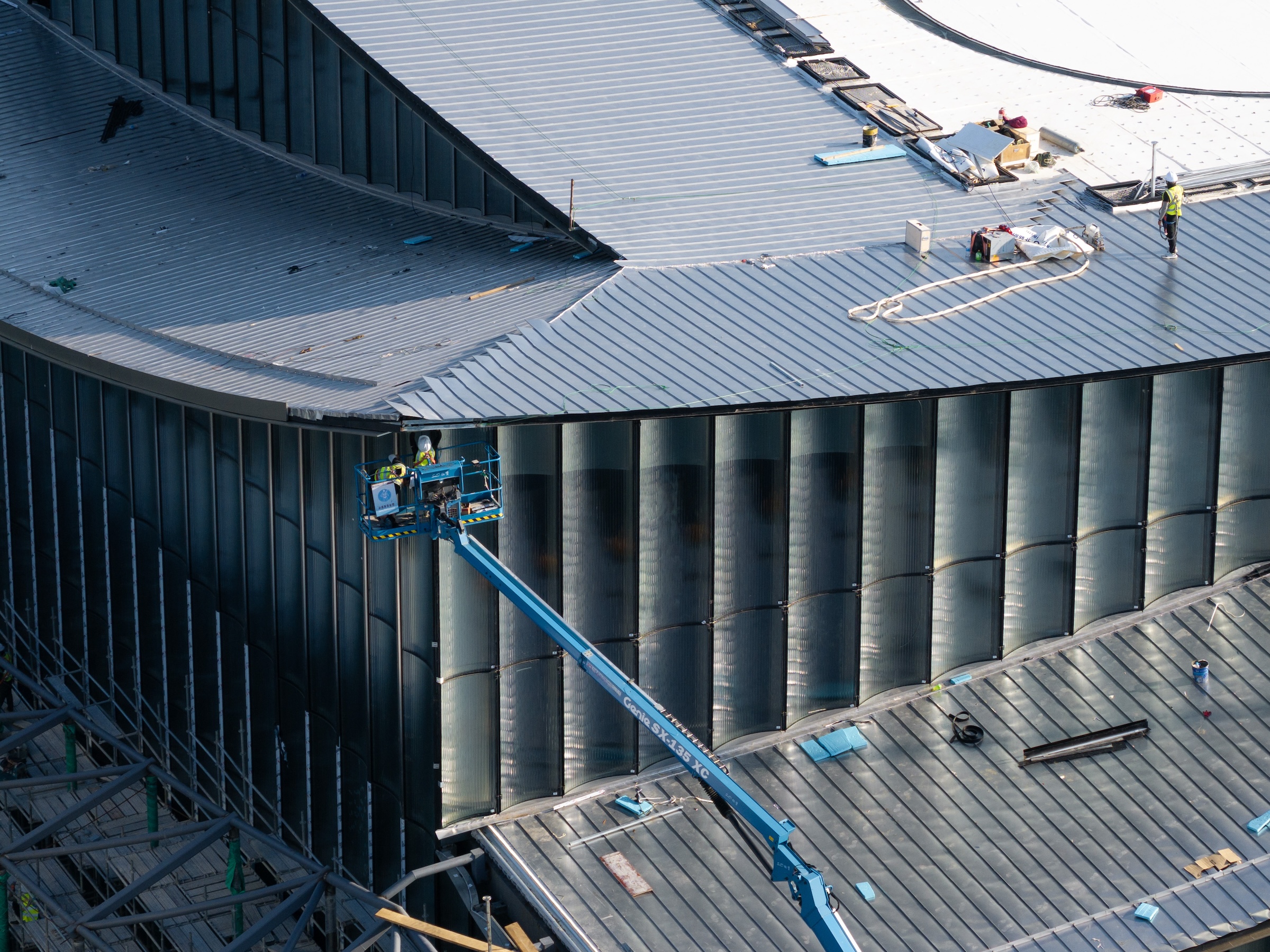
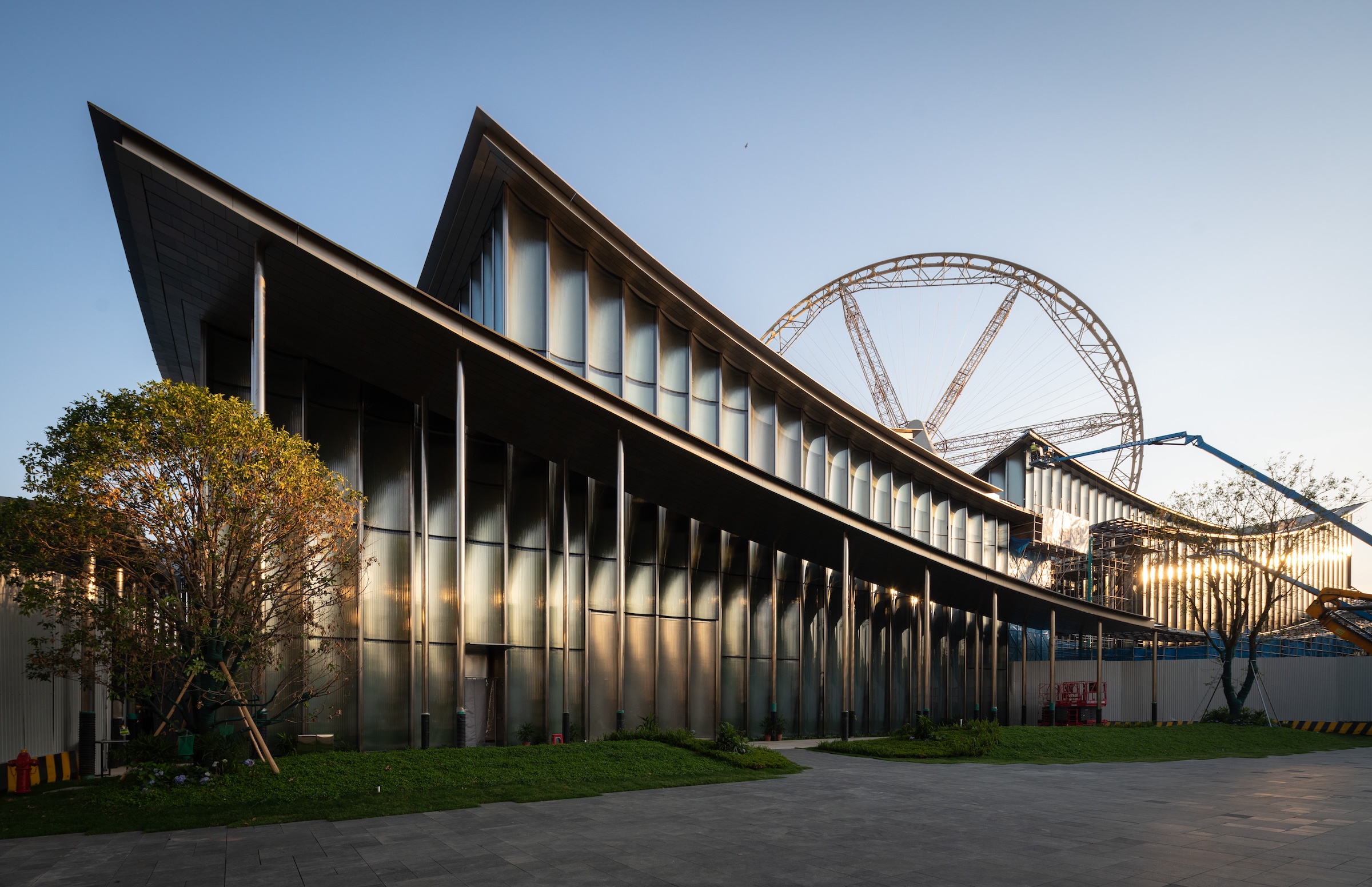

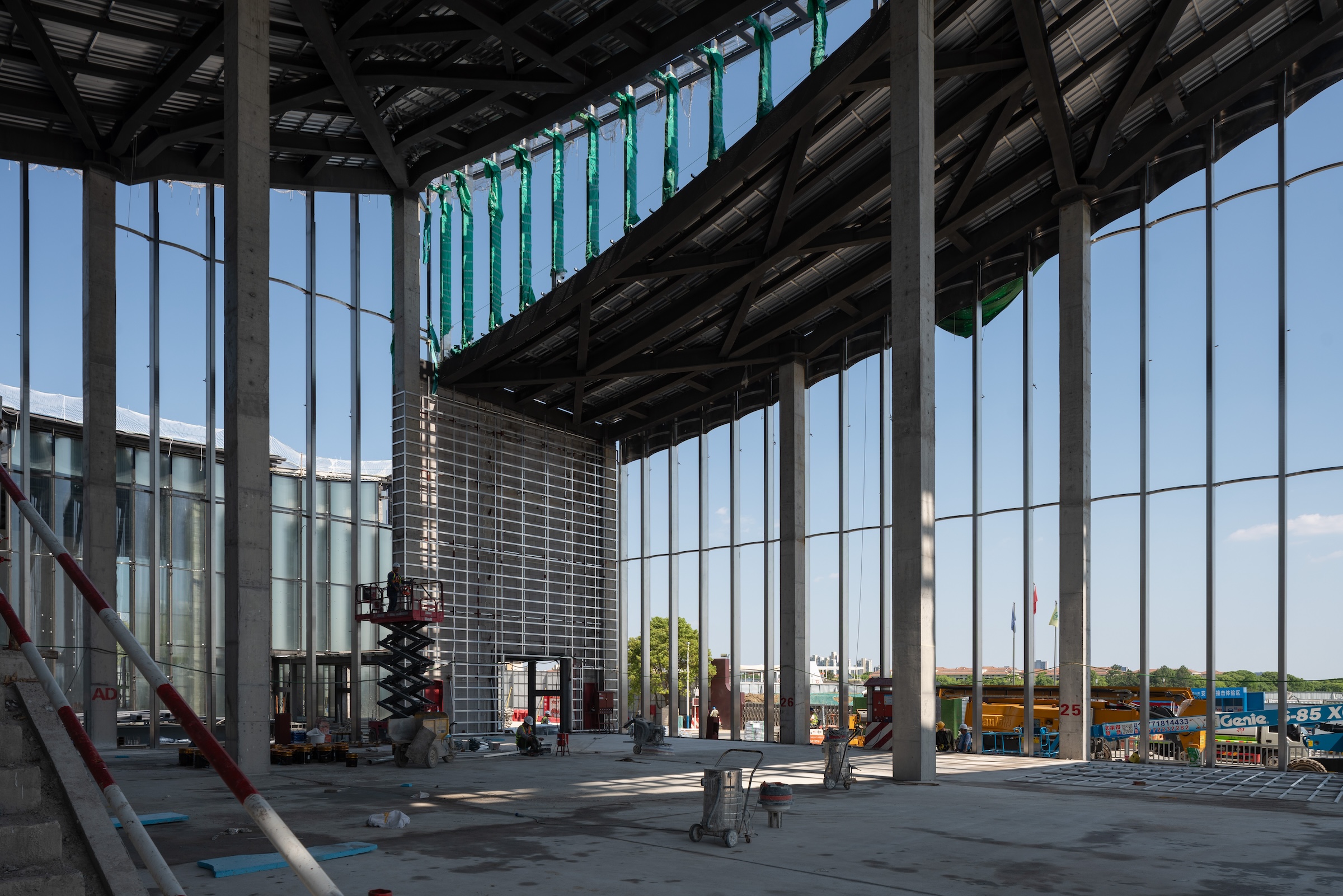
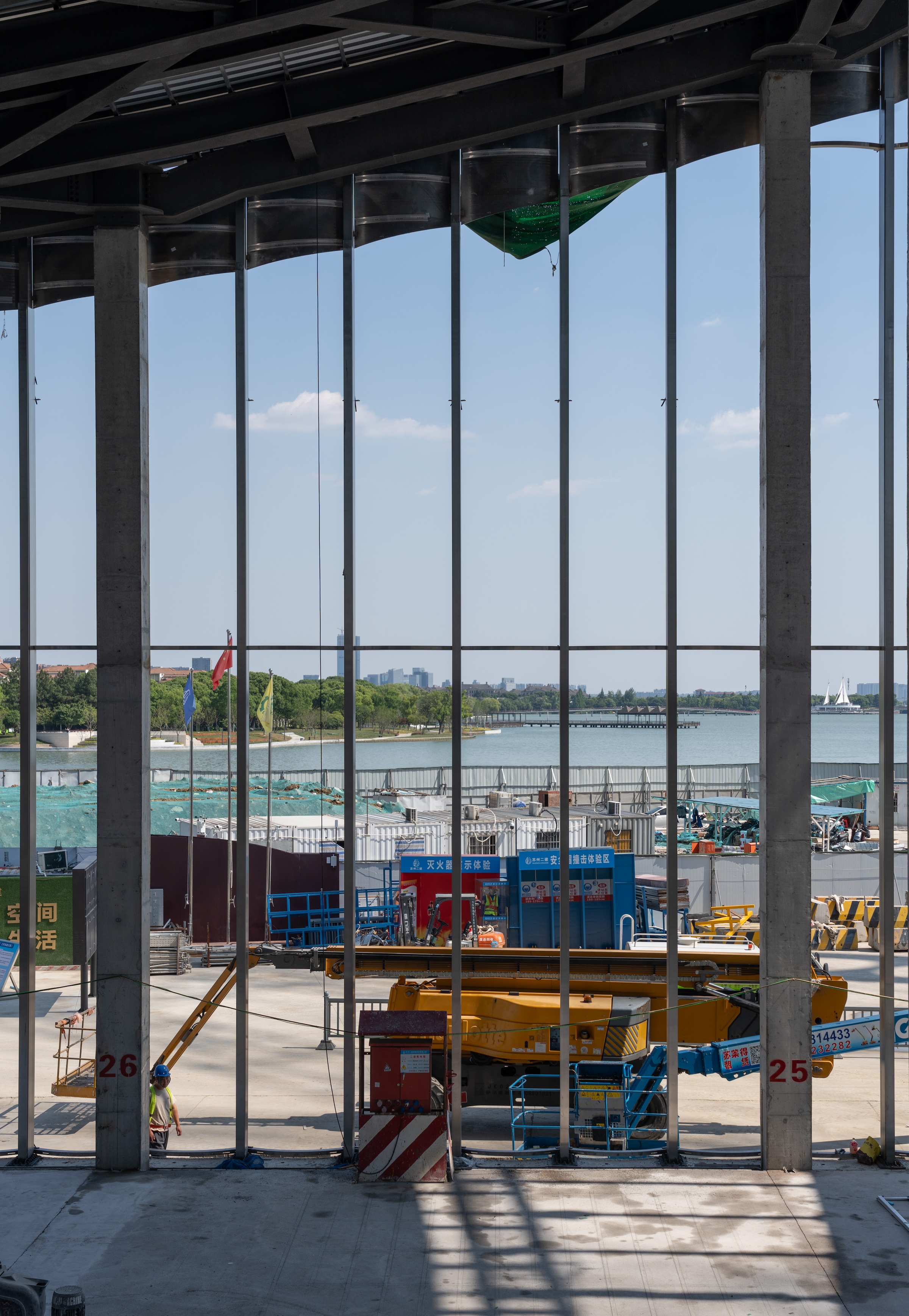
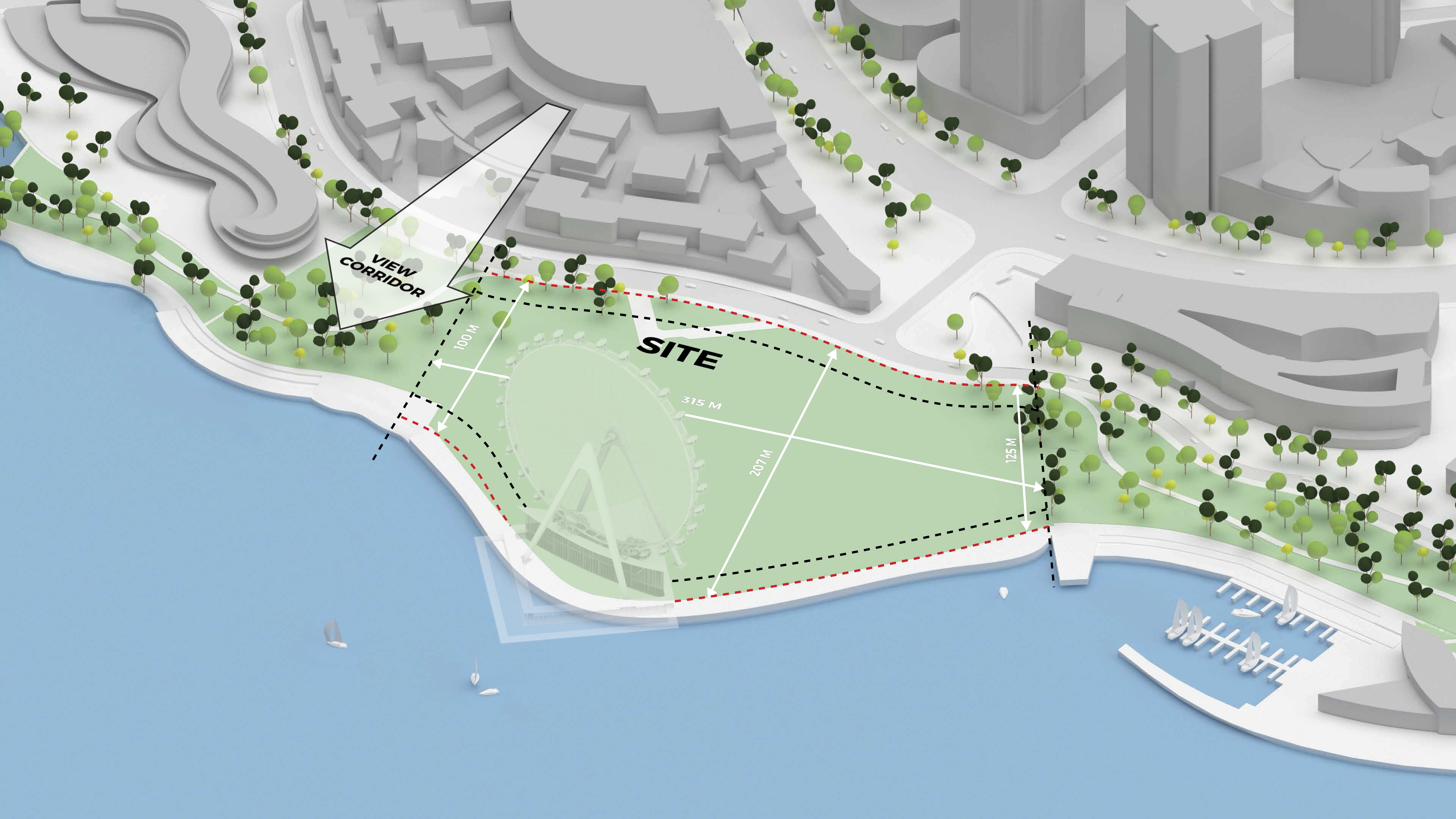
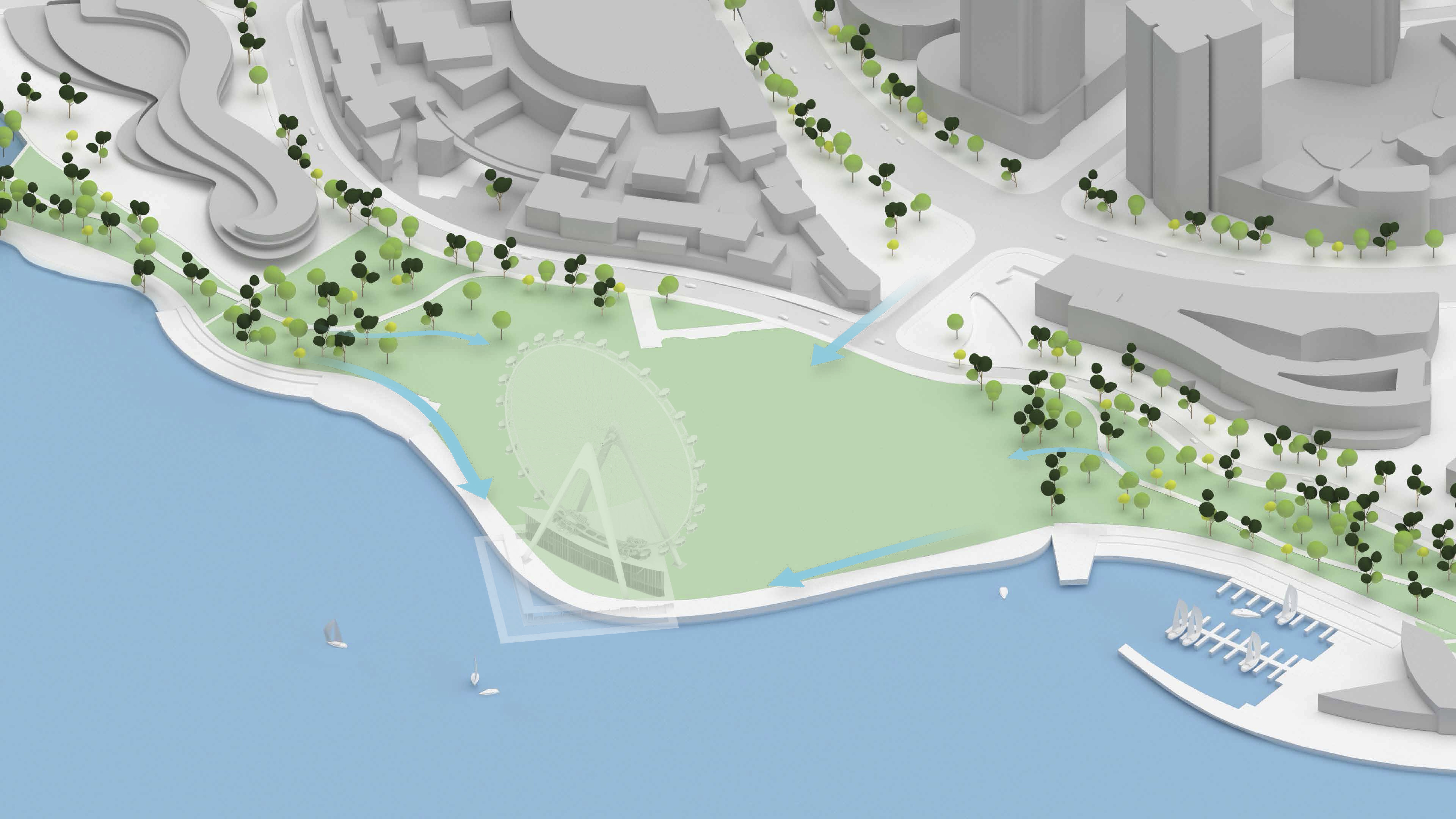
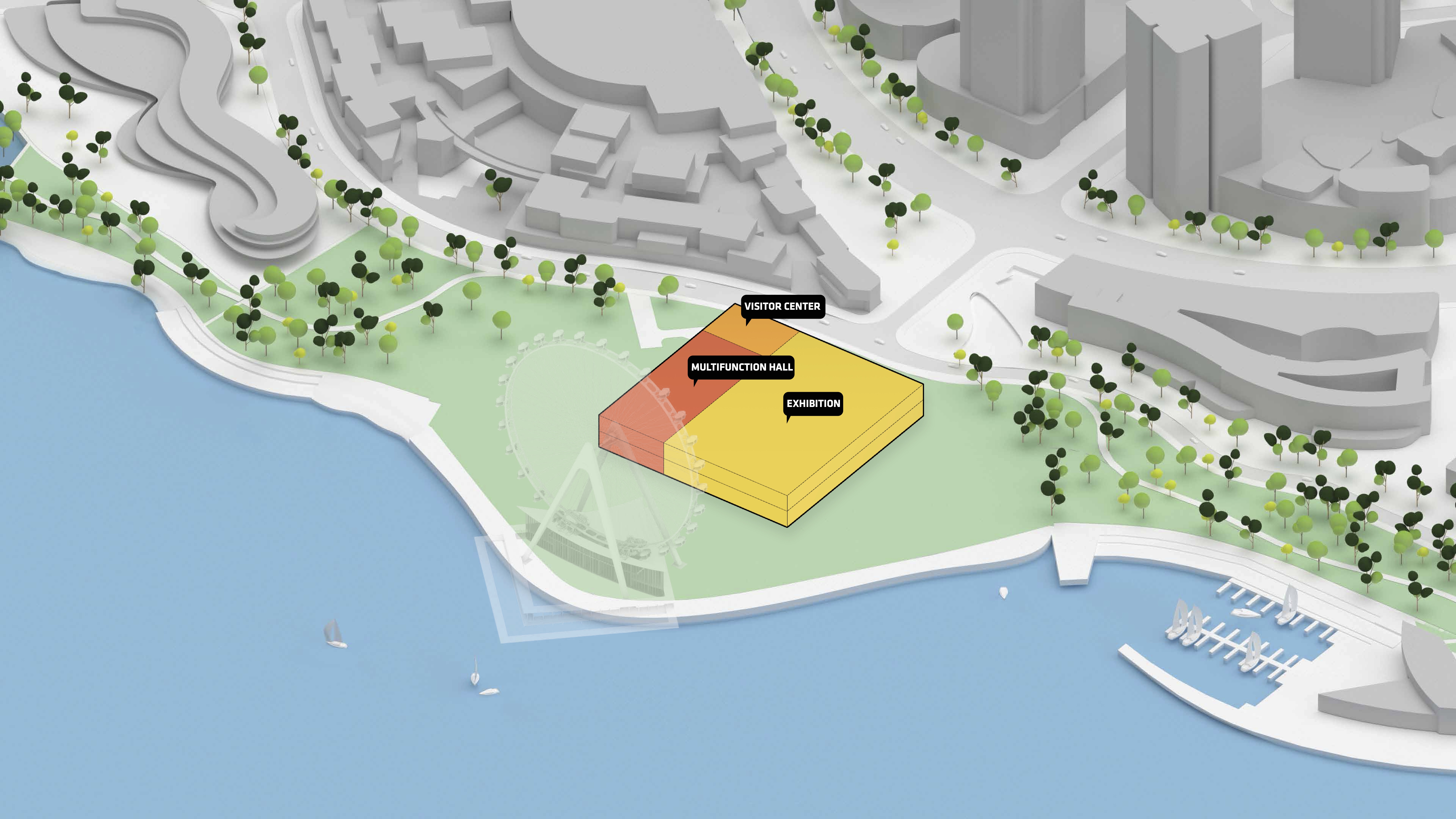

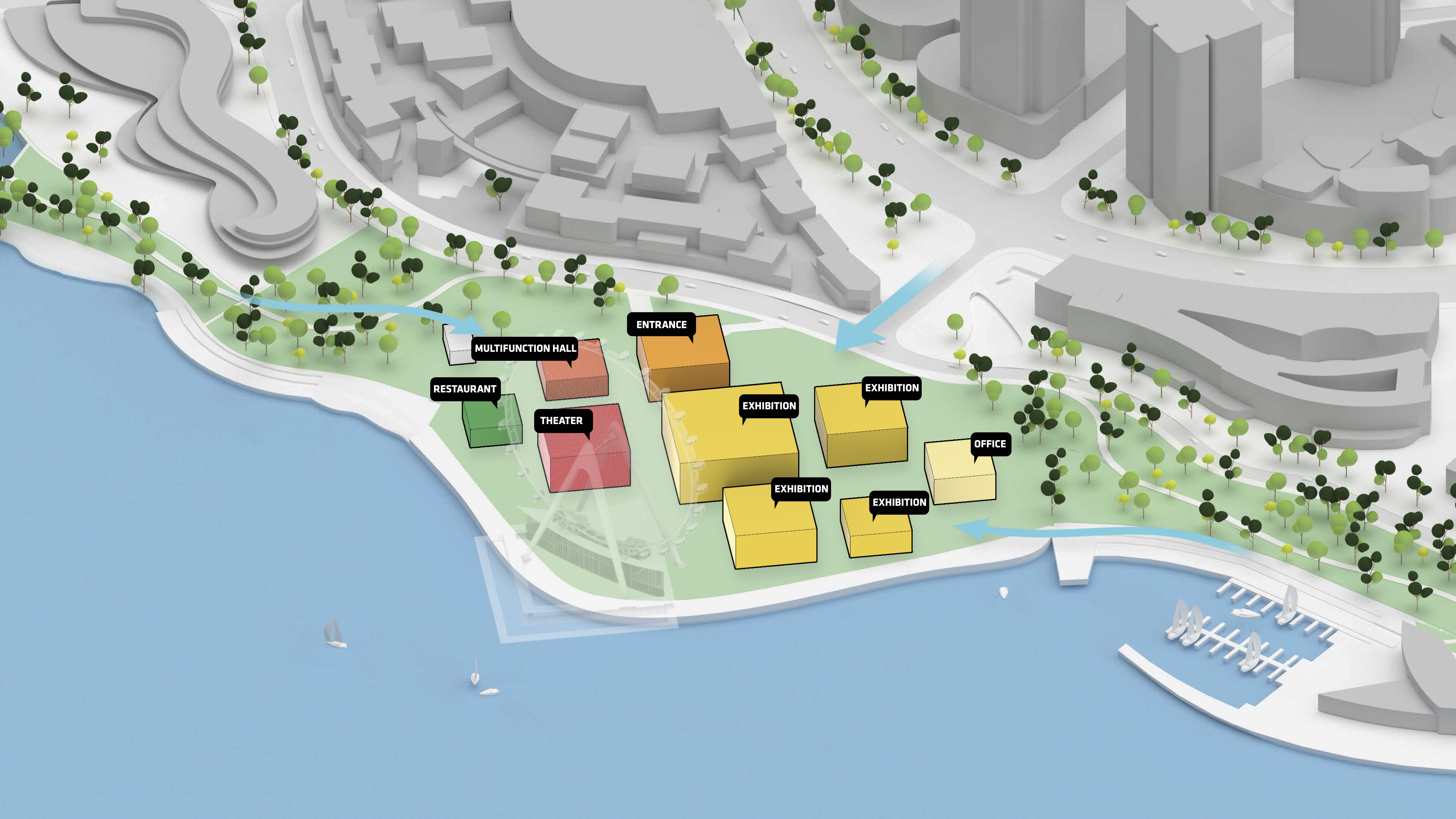
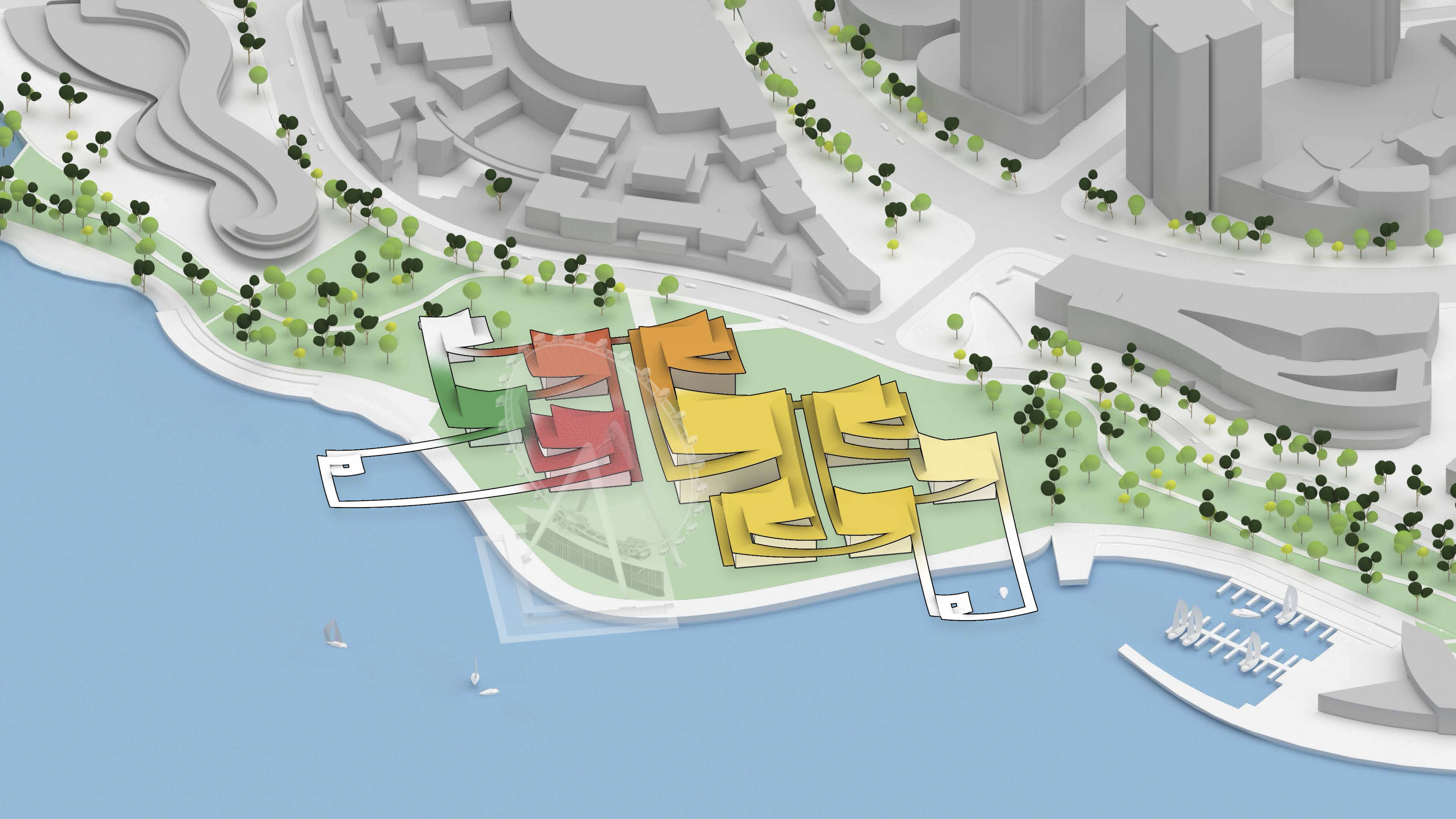
Related Stories
Building Team Awards | Apr 9, 2015
9/11 museum triumphs over controversy
The Building Team for this highly visible project had much more than design, engineering, and construction problems to deal with.
High-rise Construction | Mar 16, 2015
Mexican Museum tower caught in turmoil to break ground this summer in San Francisco
Millennium Partners said it will break ground on the 53-story residential and museum tower while the lawsuits go through the appeals process.
Museums | Mar 9, 2015
Architecture based on astronomy principles for new planetarium in Shanghai
The ancient Chinese civilization left some of the earliest records of humans studying the stars and skies. To exhibit this long history, a new planetarium and astronomy museum is planned for construction in Shanghai.
Museums | Mar 5, 2015
A giant, silver loop in Dubai will house the Museum of the Future
The Sheikh of Dubai hopes the $136 million museum will serve as an incubator for ideas and real designs—a global destination for inventors and entrepreneurs.
Architects | Feb 27, 2015
5 finalists announced for 2015 Mies van der Rohe Award
Bjarke Ingels' Danish Maritime Museum and the Ravensburg Art Museum by Lederer Ragnarsdóttir Oei are among the five projects vying for the award.
Museums | Feb 18, 2015
Foster + Partners' National Museum of Marine Science and Technology breaks ground in Taiwan
The museum will be home to an aquarium, exhibition space, and waterfront views.
Museums | Feb 17, 2015
Light will shimmer through roof cutouts in Jean Nouvel’s Louvre Abu Dhabi
After many delays since construction started in 2009, the Jean Nouvel-designed Louvre Abu Dhabi is slated for completion sometime this year.
Architects | Feb 11, 2015
Shortlist for 2015 Mies van der Rohe Award announced
Copenhagen, Berlin, and Rotterdam are the cities where most of the shortlisted works have been built.
Museums | Feb 9, 2015
Herzog & de Meuron's M+ museum begins construction in Hong Kong
When completed, M+ will be one of the first buildings in the Foster + Partners-planned West Kowloon Cultural District.
Museums | Feb 6, 2015
Tacoma Art Museum's new wing features sun screens that operate like railroad box car doors
The 16-foot-tall screens, operated by a hand wheel, roll like box car doors across the façade and interlace with a set of fixed screens.


